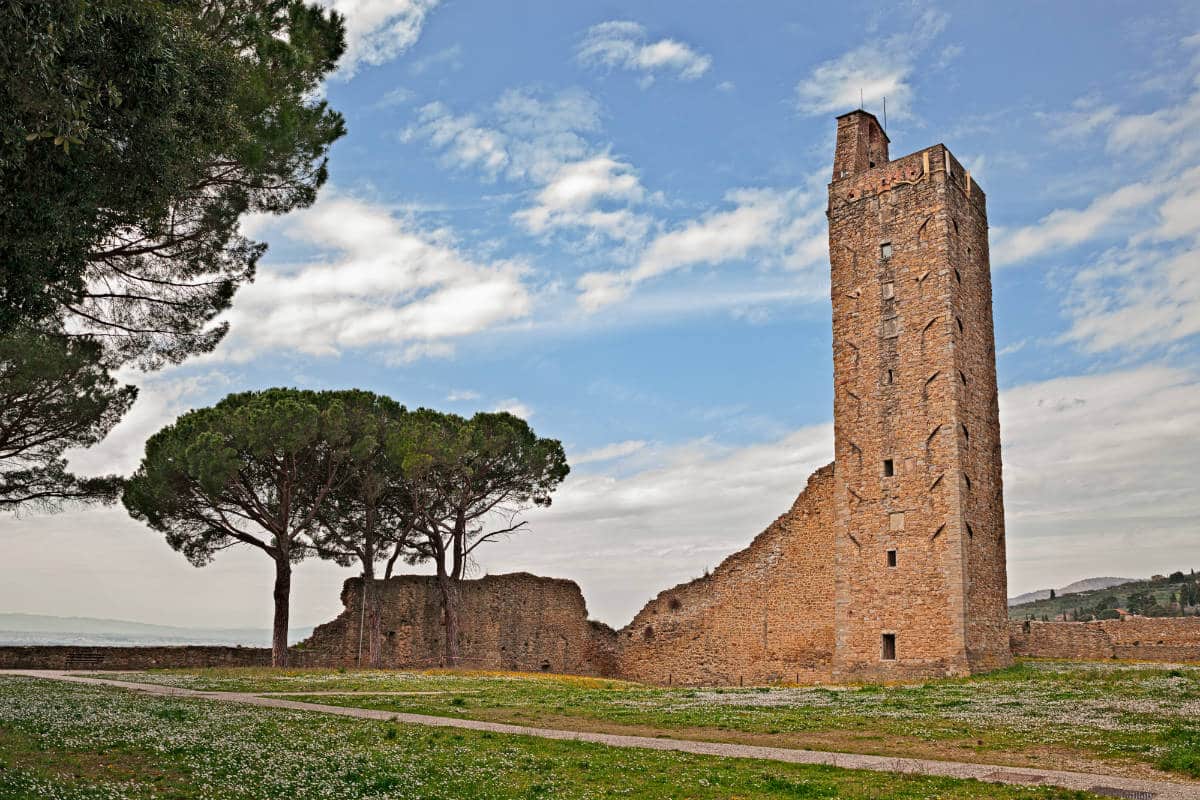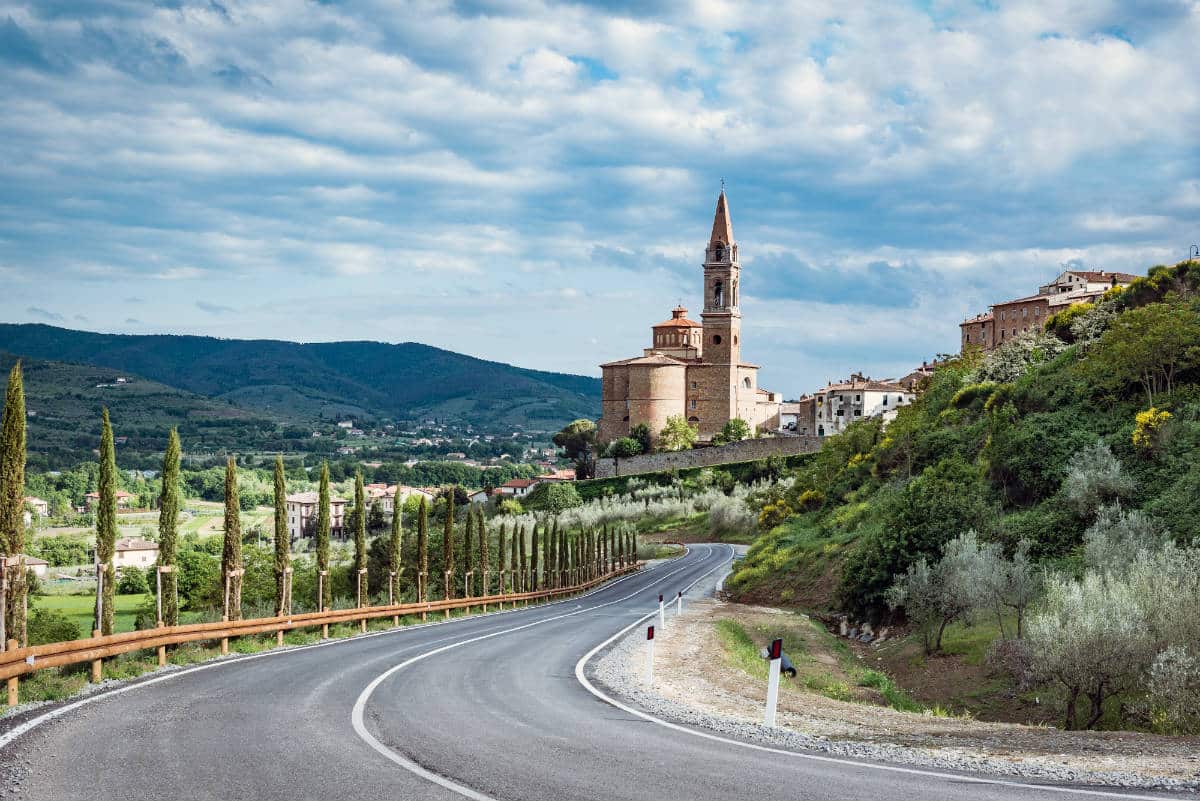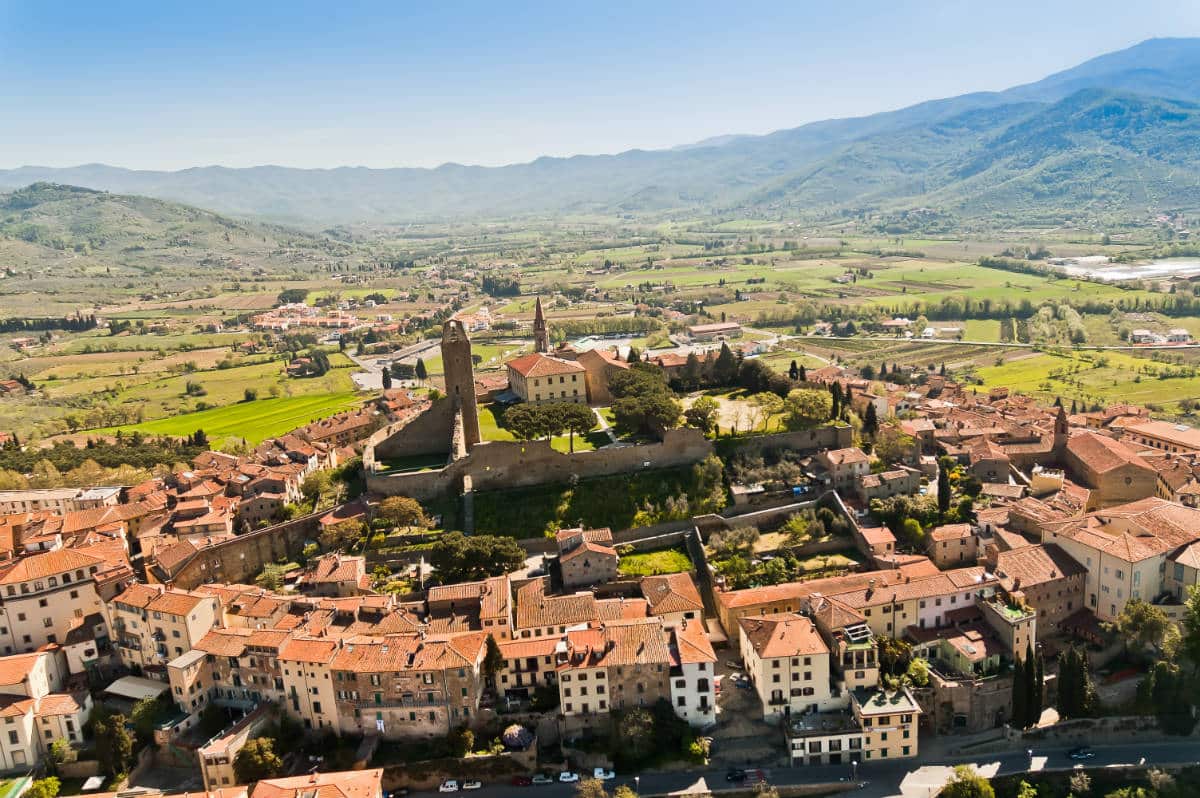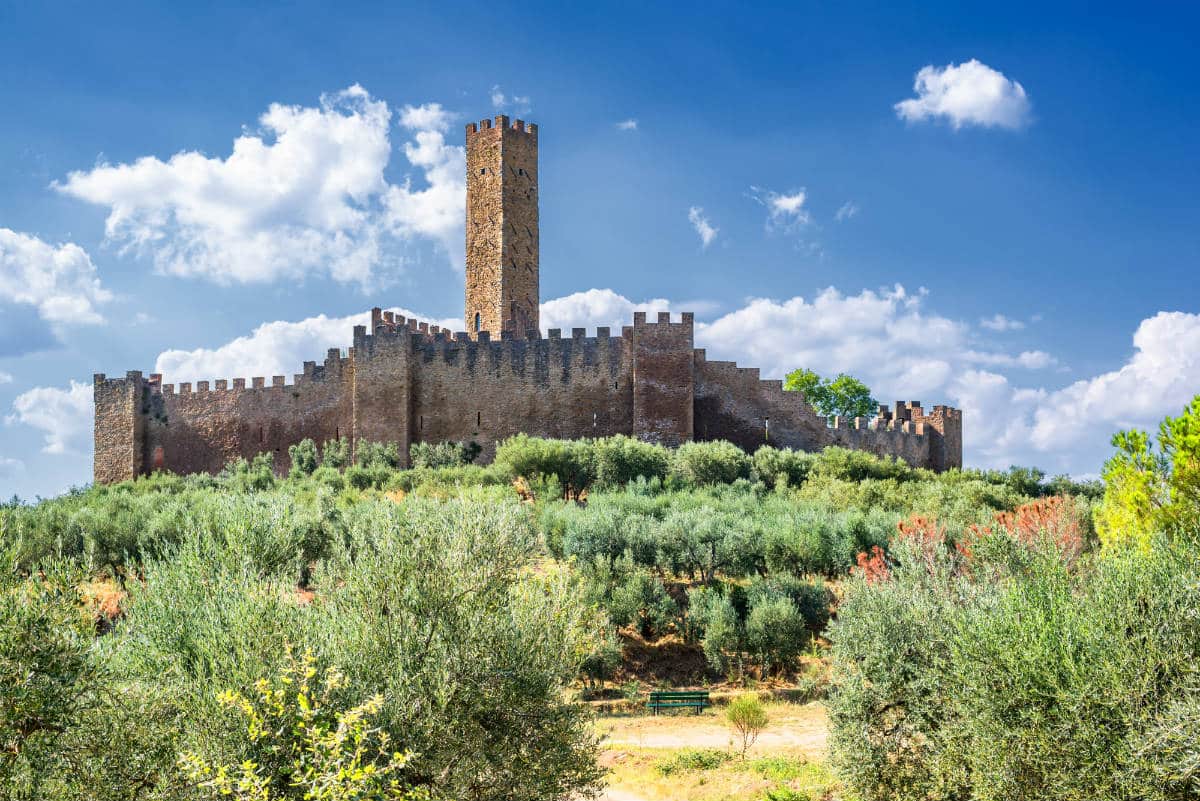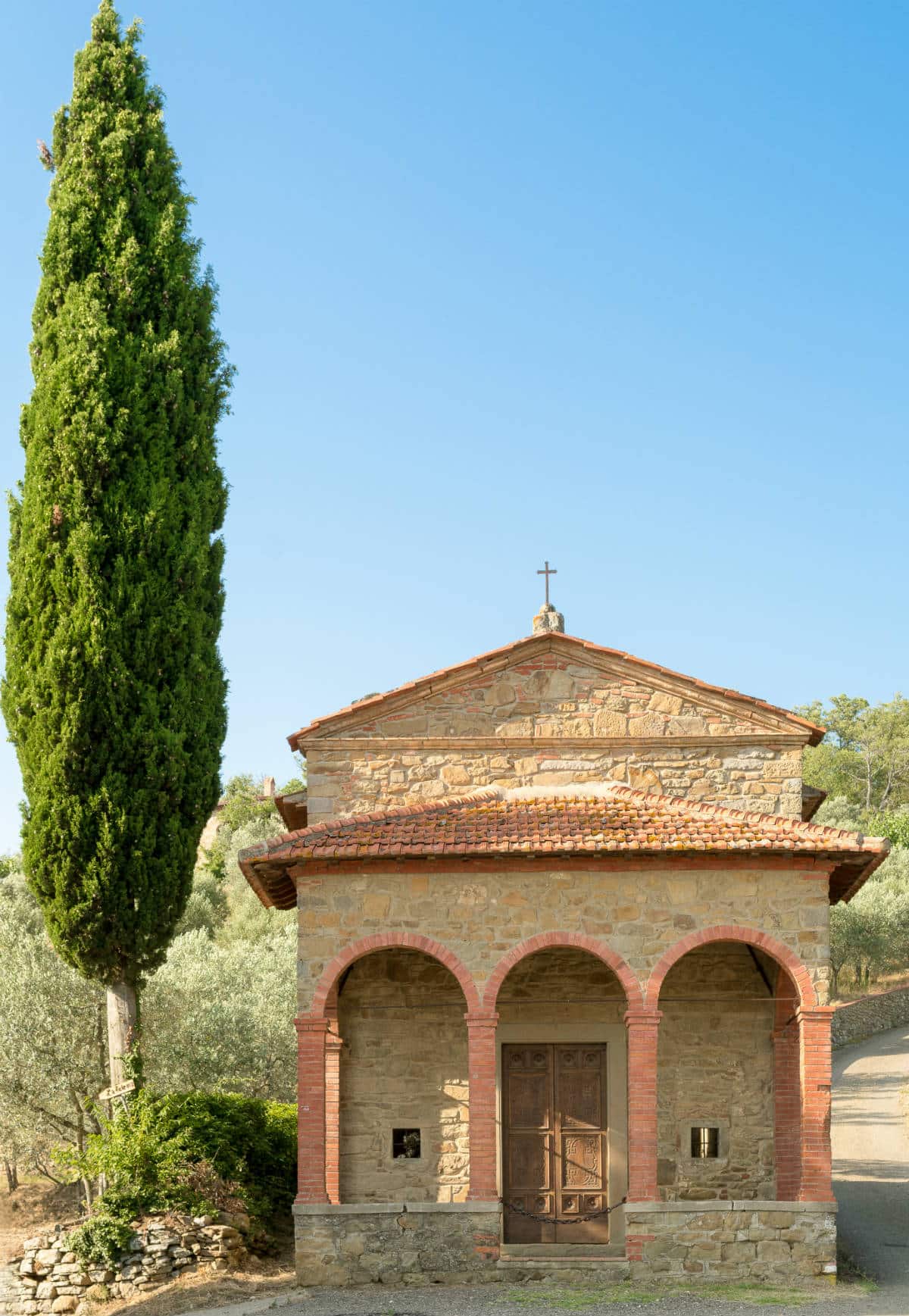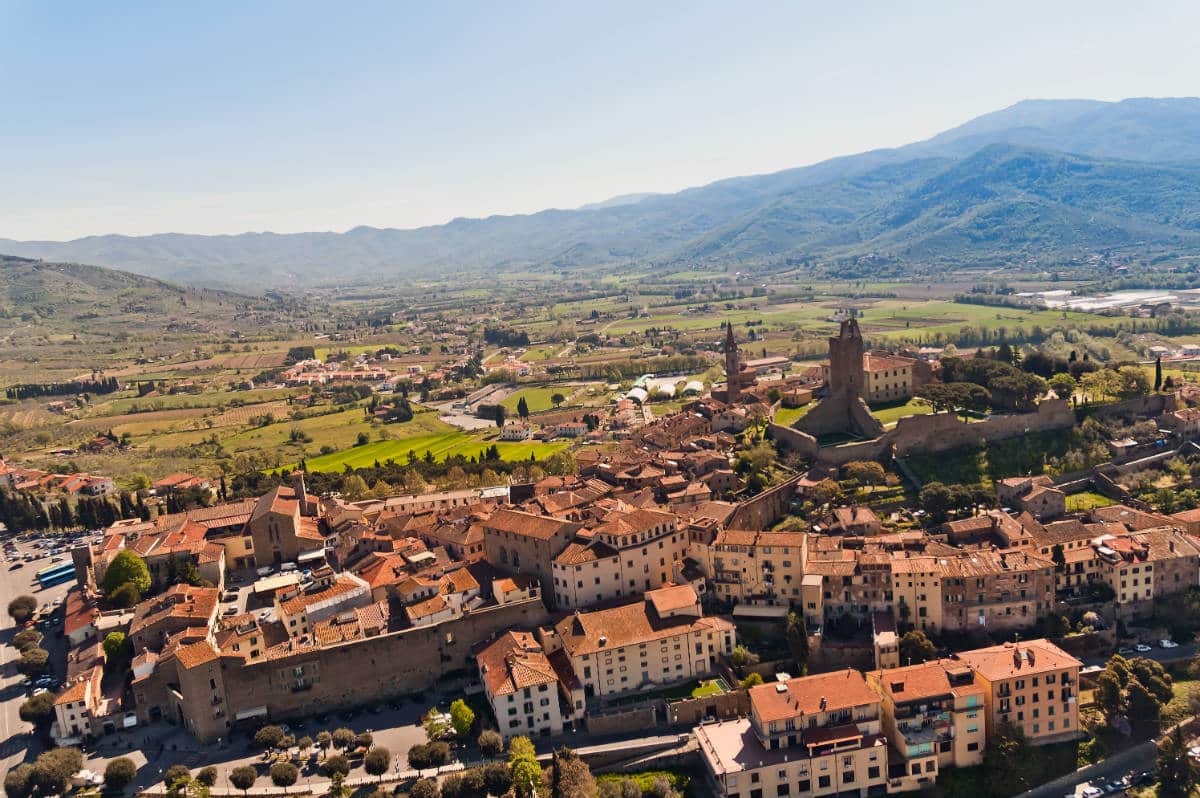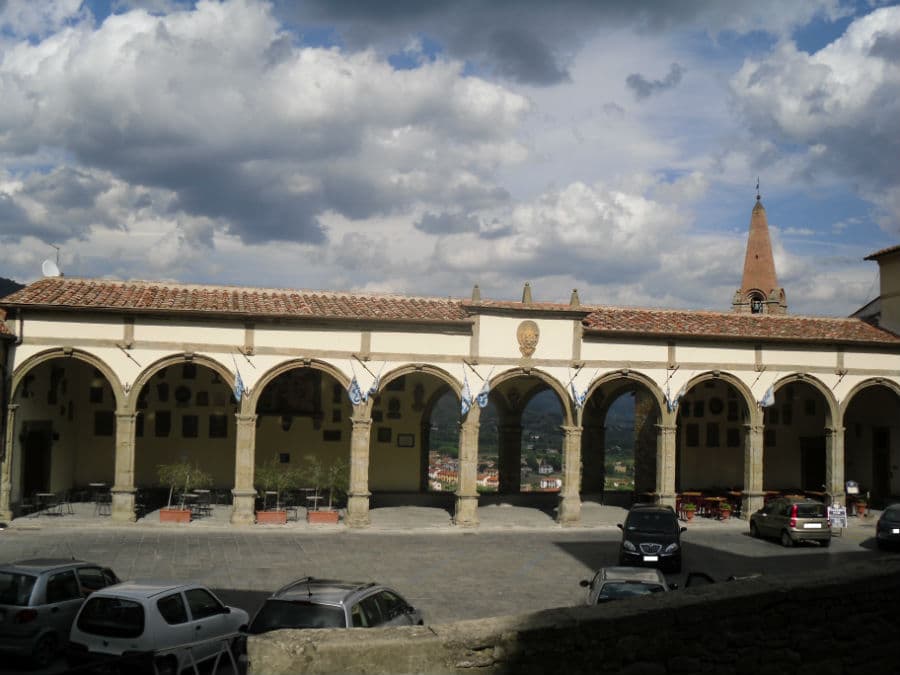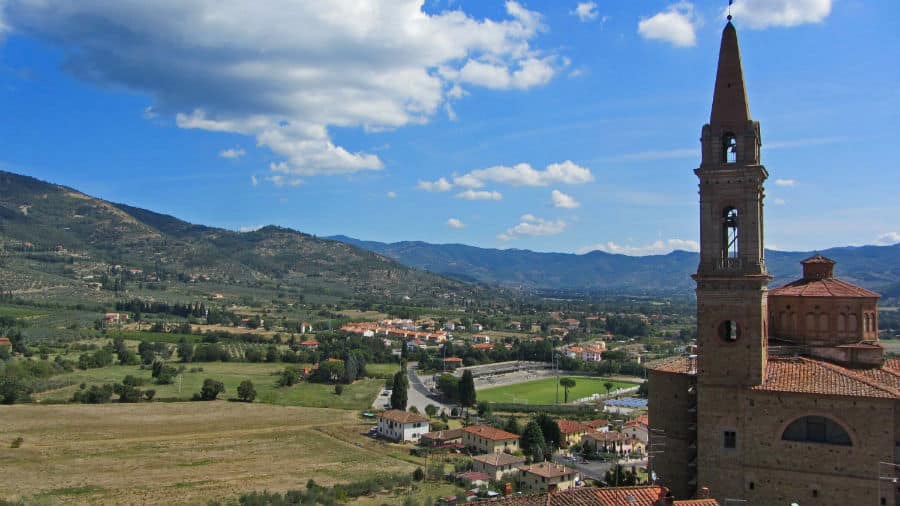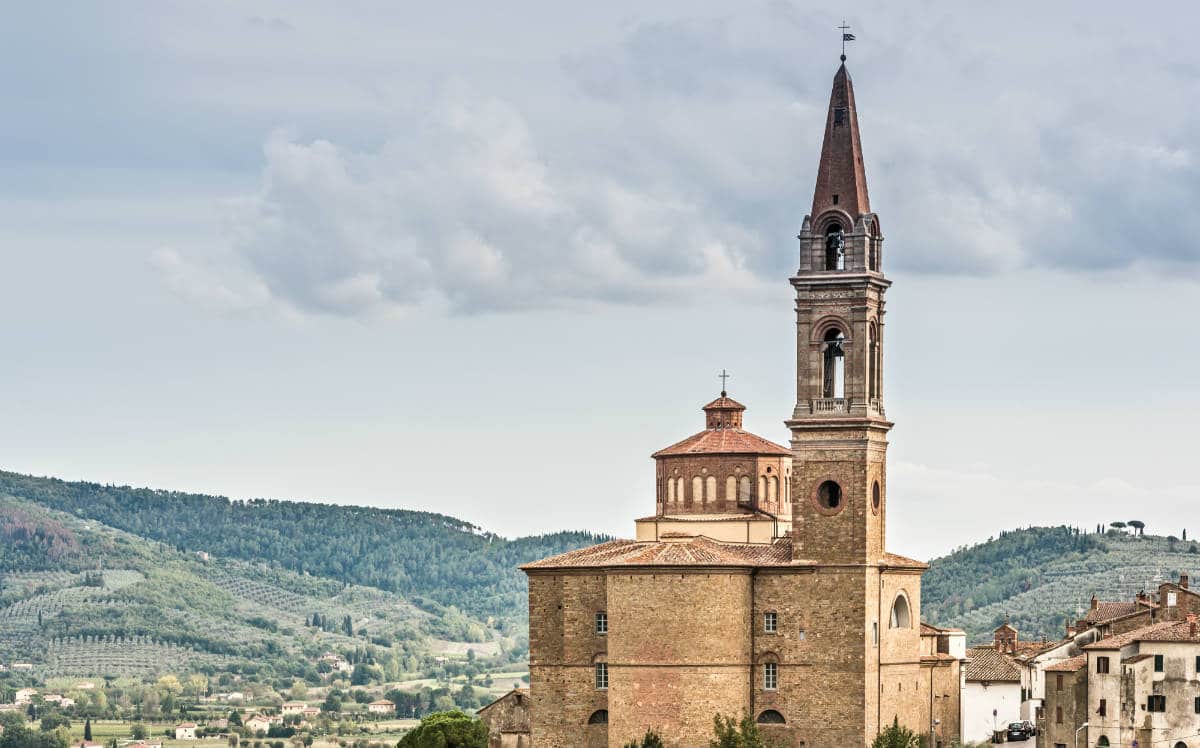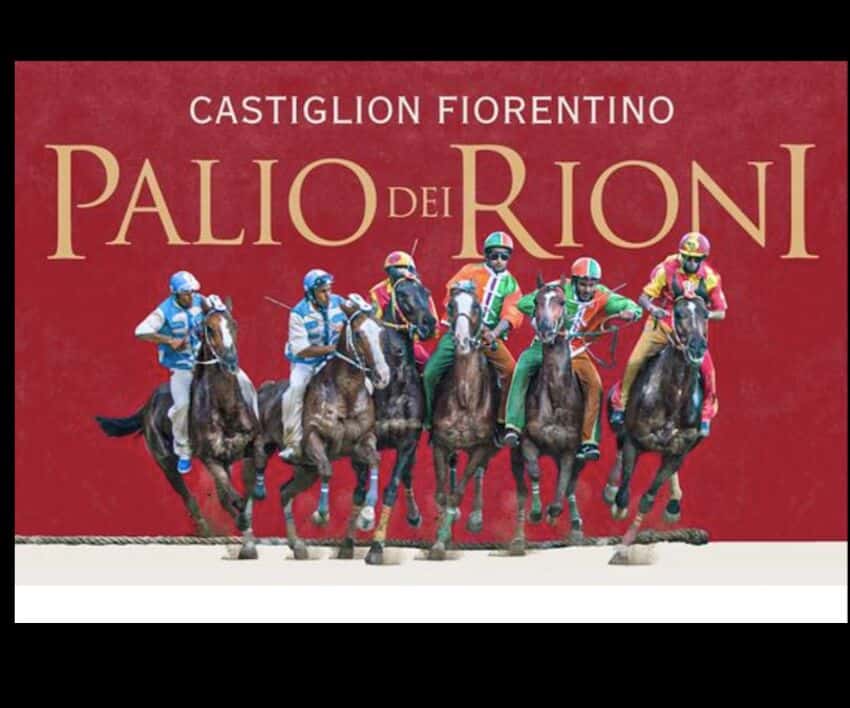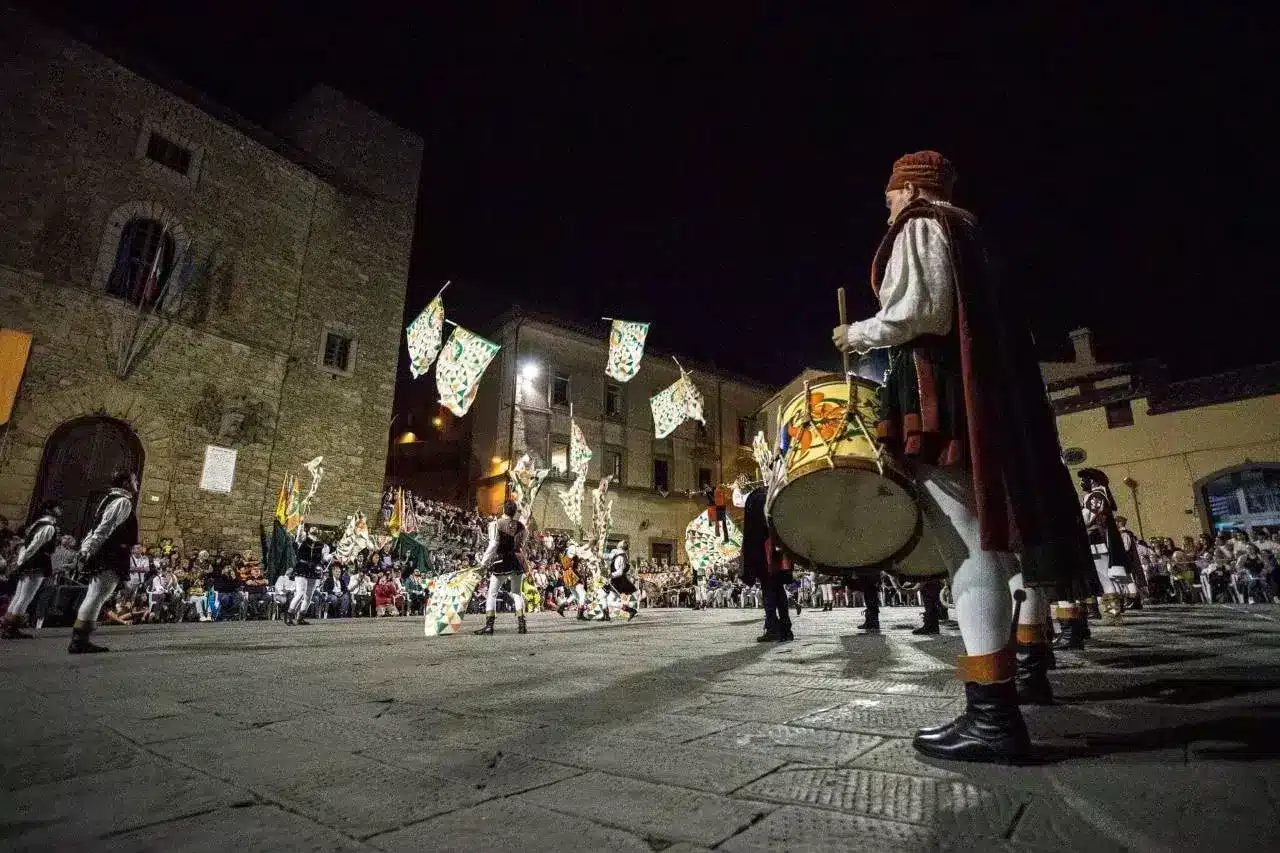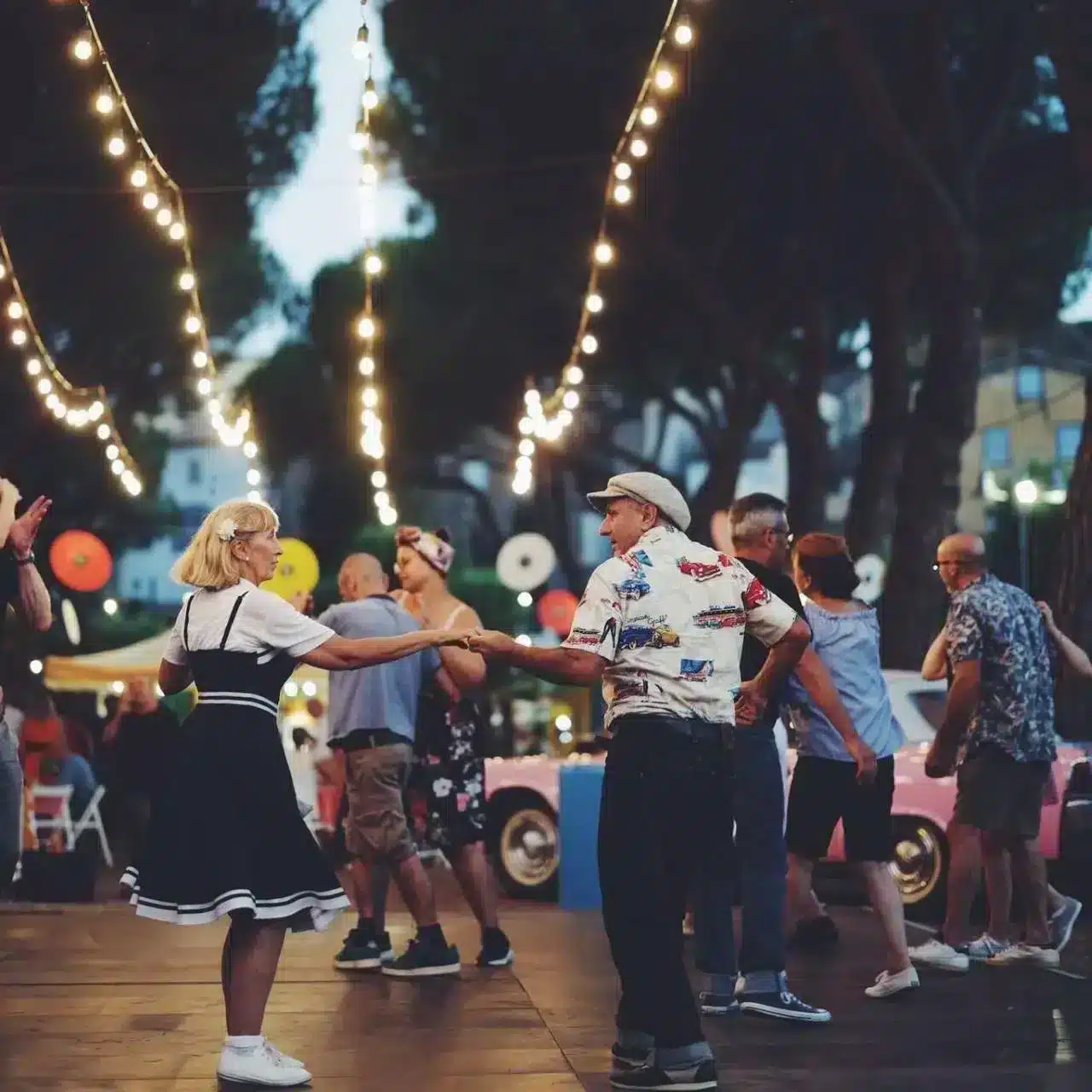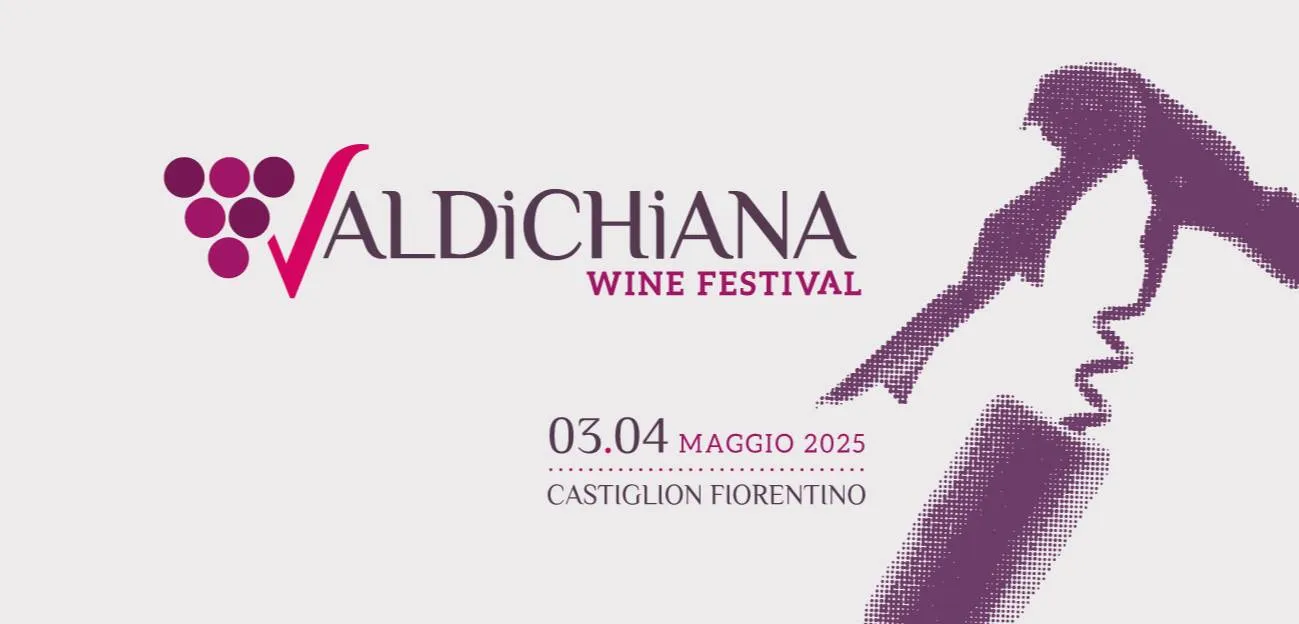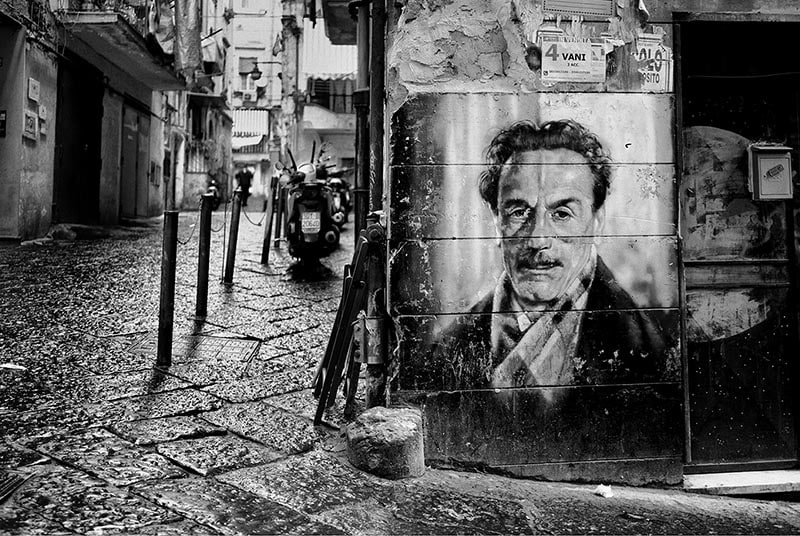The inhabited center castiglionese developed in Etruscan, already starting from the VI century B.C. crucial crossroads between the two Lucumonie of Arezzo and Cortona city center erigeva on top of the hill, as witnessed the archaeological excavations carried out in the area of the tower the formwork. The Etruscans brought a first reclamation to Val di Chiana, crossing at the time by the river Clanis: this flowed in the opposite sense of the current Channel Master and constituted an important waterway navigable. In the area castiglionese remain testimony to this period many archaeological finds, including the famous deposit of Brolio, found in the nineteenth century in the homonymous hamlet, and consisting of a large amount of bronzes. Joints The Romans, they decided to exploit the fertility of the area for the food requirements of the Urbe. But with the empire of Augustus the panorama changed radically: among the causes of the flooding of the Tiber which occasionally allagavano Rome was considered the Clanis, which was a tributary of the straw, which in turn is a tributary of the river romano. The Romans ostruirono therefore the foce of the Clanis, causing the stagnation of water and the consequent impaludamento of Valdichiana. It is likely that Castulone is expanded in this period, rising on a hill and then being immune from malaria, from which many of the peoples of the inhabited areas of the valley were fled. The inhabited center is recalled by the documents with the name of "Castiglione" not before the X century, when it is a feud of the marquis of Monte Santa Maria. From 1384 the town passed definitively in Florence and from this moment onwards, renamed "Castiglion Fiorentino", will remain under its domain.
Certainly deserve a visit le Logge del Vasari, the Castle of Montecchio Vesponi, the Pieve di San Giuliano and its Collegiate Church and the Sanctuary of the Madonna of the bath.


